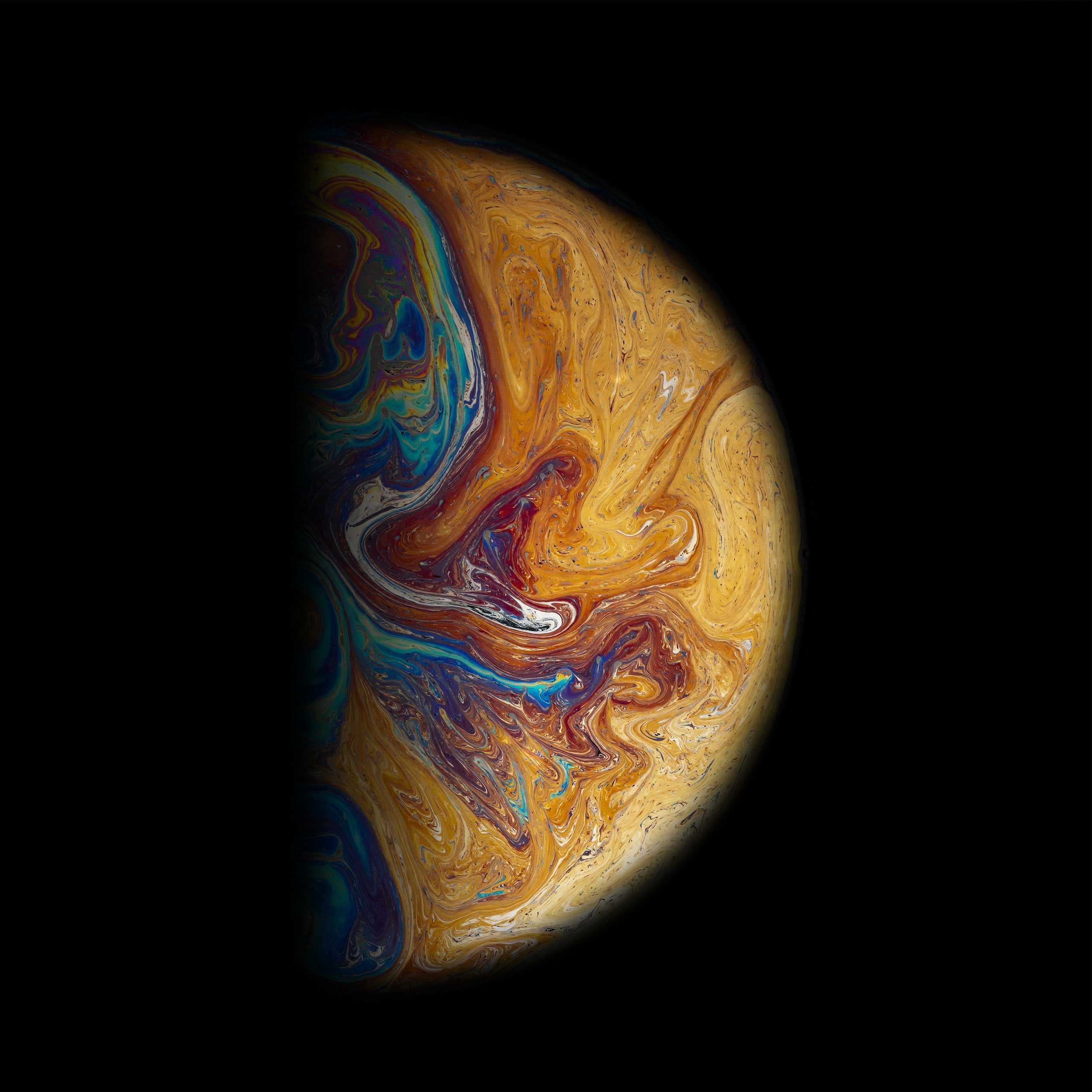The Giant Accreting Protoplanet Survey (GAPlanetS)
OVERVIEW
Accreting protoplanets afford us the opportunity to observe planet formation in situ, and protoplanet observations inform the physics of accretion, planet formation, and disk-planet interaction.
The Giant Accreting Protoplanet Survey (GAPlanetS) was a five year visible light high contrast imaging campaign targeting the fourteen brightest Southern Hemisphere transitional disks with the Magellan Adaptive Optics system (MagAO). The deepest and most comprehensive accreting protoplanet survey to date, GAPlanetS successfully detected two accreting stellar companions, two confirmed protoplanets, and two protoplanet candidates.
These detections provide direct evidence of the existence of companions inside the cleared gaps and cavities of transitional disks, and enable estimates of planetary mass accretion rates.
PEOPLE
PAPERS & PRESENTATIONS
The Giant Accreting Protoplanet Survey (GAPlanetS) -- Results from a Six Year Campaign to Image Accreting Protoplanets
We report H-alpha differential imaging results from the deepest and most comprehensive accreting protoplanet survey to date, acquired with the Magellan Adaptive Optics (MagAO) system's VisAO camera. We detect one new candidate protoplanet, CS Cha "c", robustly recover the HD142527 B and HD100453 B low mass stellar companions across multiple epochs, recover LkCa 15 b (though cannot rule out a substantial scattered light contribution to its emission), recover PDS 70 c, and tentatively recover PDS 70 b when employing targeted optimization. Of the many other previously-reported companions and companion candidates around objects in the sample, we do not recover any additional robust candidates.
The Giant Accreting Protoplanet Survey (GAPlanetS): Optimization Techniques for Robust Detections of Protoplanets
In this work, we present a new, systematic approach to optimization vetted using data of the high-contrast stellar companion HD 142527 B from the Magellan Adaptive Optics Giant Accreting Protoplanet Survey (GAPlanetS). More specifically, we present a grid search technique designed to explore three influential parameters of the PSF subtraction algorithm pyKLIP: annuli, movement, and KL modes. We consider multiple metrics for postprocessed image quality in order to optimally recover at Hα (656 nm) synthetic planets injected into contemporaneous continuum (643 nm) images.
Ongoing Work
Coming Soon!








